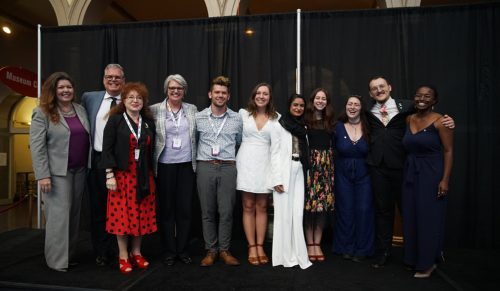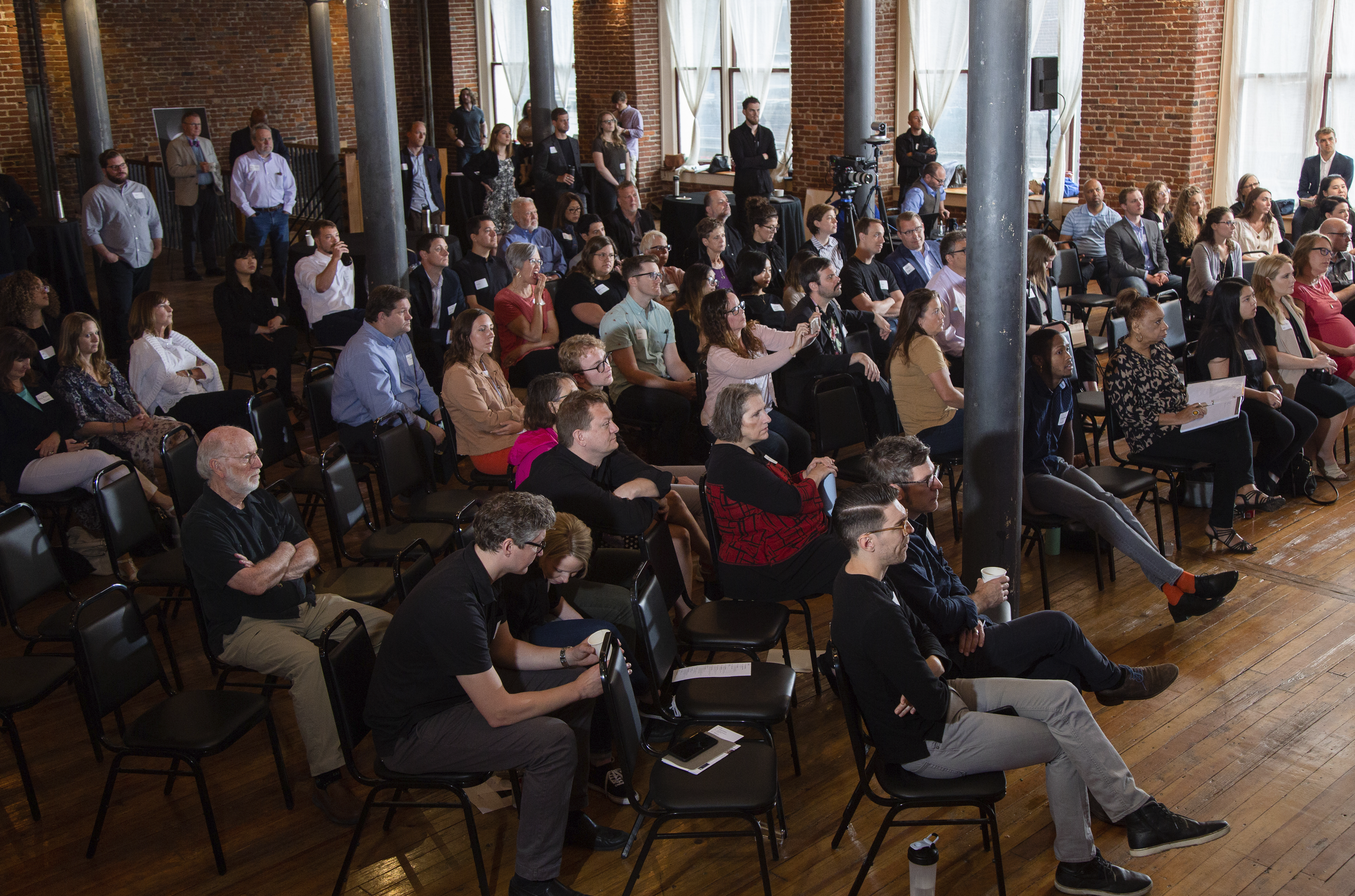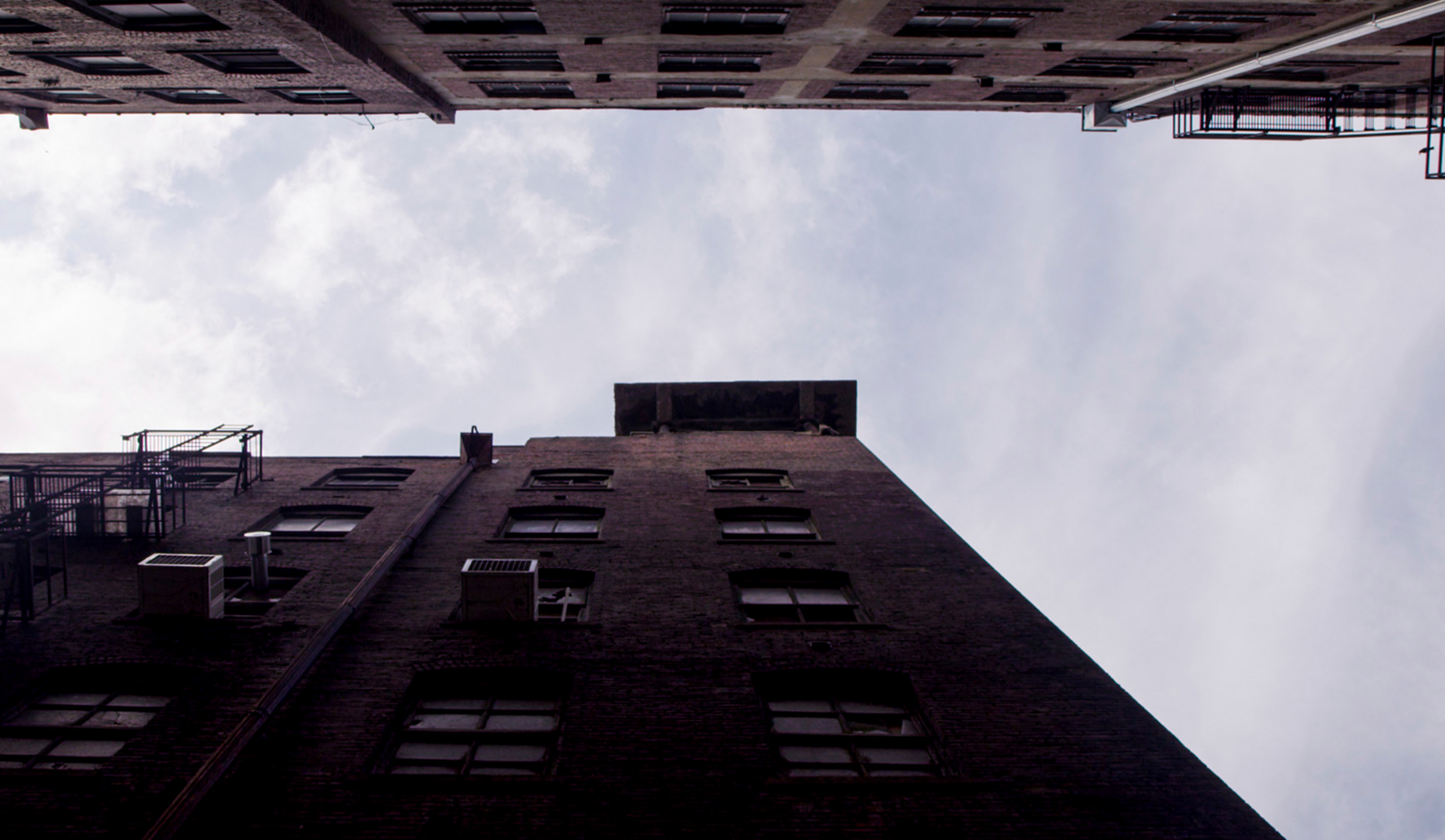
2019 BNIM Annual Symposium: Redesigning Design
In early June, OneBNIM convened in Kansas City for our annual design Symposium. BNIM’s annual Symposium is a celebration of our firm culture — all that it is and all that it aspires to be. It is an opportunity for us to come together and engage in thoughtful discussion, make connections, and explore the unexpected.
WATCH VIDEO by clicking here or the image below.
This year’s theme — Redesigning Design — is a topic we have been exploring for several months. It is a mindset that promotes disruption and innovation across multiple industries. The AEC industry in particular is ripe for disruptive change, and we, as leaders and practitioners, have the opportunity and responsibility to participate in shaping the future of our profession. Redesigning Design is a challenge, not a prescription.
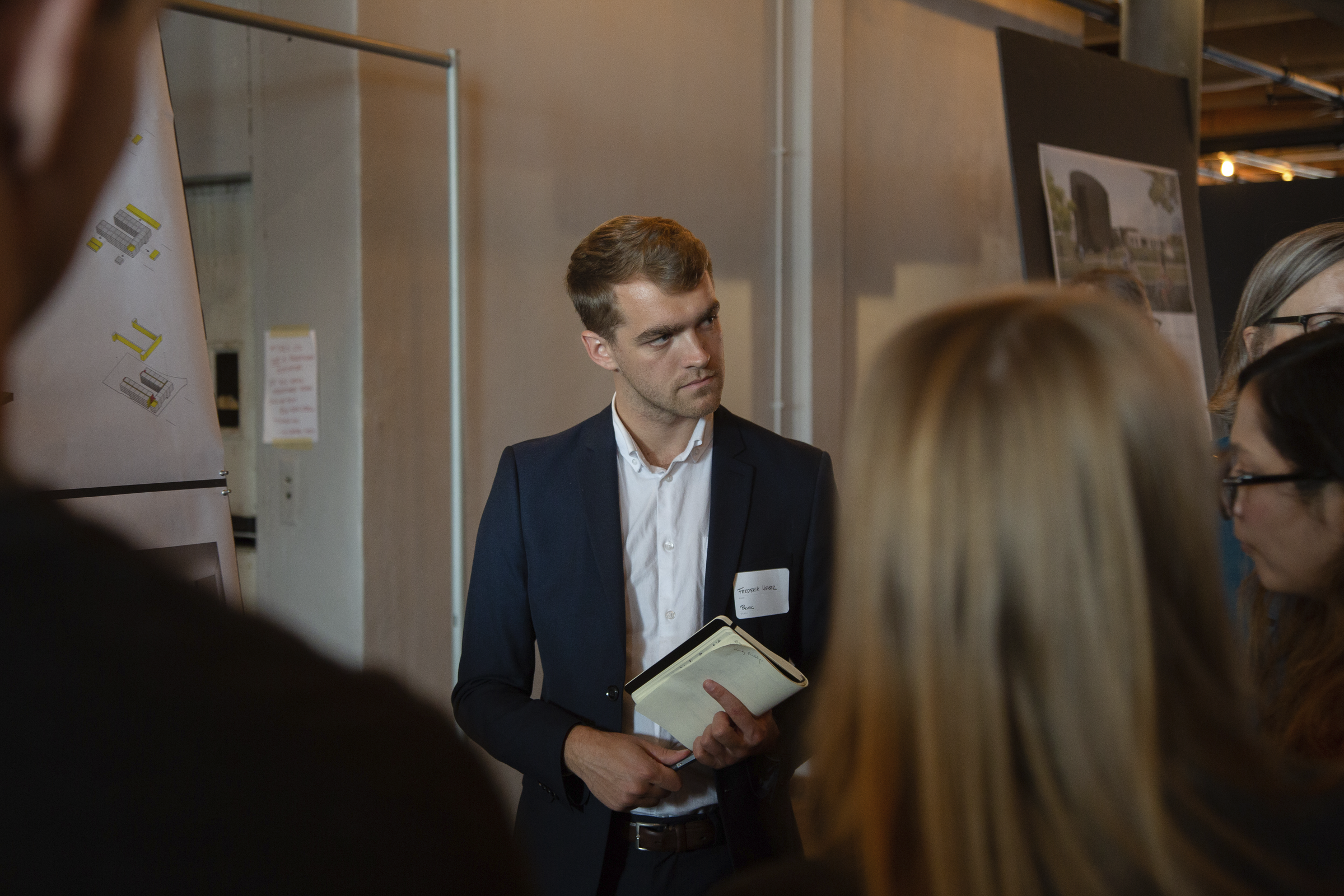
To kick off the event, Steve McDowell expressed the “why,” stating that the future of design is more important today than at any other time in history. Our global population is growing, demand for natural resources is expanding while consumerism places more stress on nature, the climate is changing, and volatility and conflict increasingly threaten diplomacy in previously politically stable nations. The world is ready for innovative, humanistic design that will impact and improve the quality of life today and in the future.
This year, Symposium took place in Kansas City’s West Bottoms. The history, energy, and momentum offered by this place — nestled between two downtown Kansas Cities across the state lines of Kansas and Missouri, on the confluence of the Kansas and Missouri rivers — offered a poignant place to explore these topics.
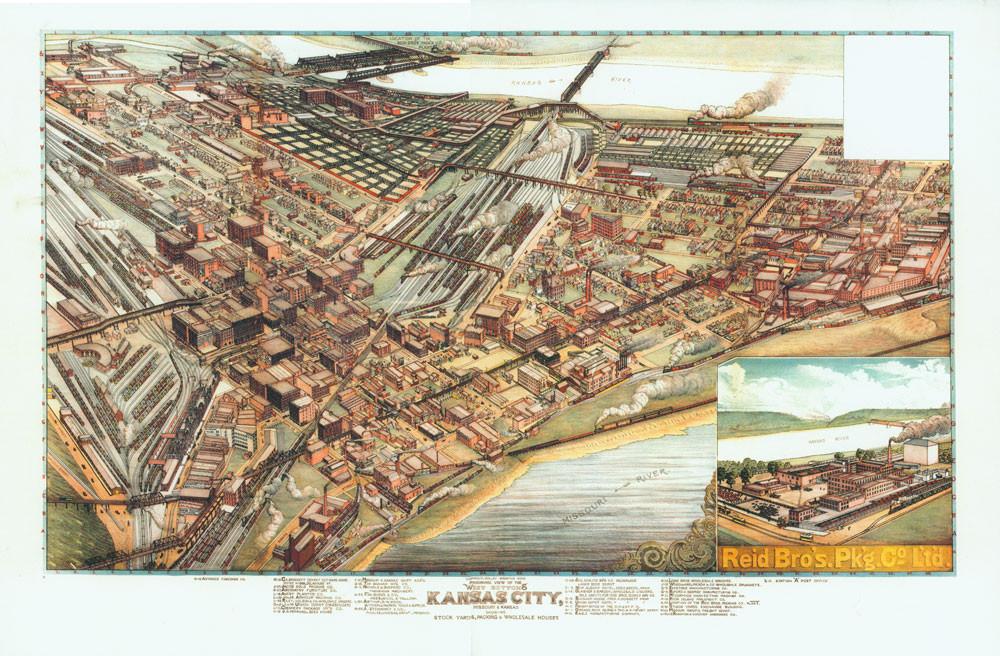
West Bottoms was a vital, industrial economic heart of Kansas City at the beginning of the 20th century. However, disastrous flooding in the 1900s and 1950s caused a mass exodus of tenants and businesses seeking to relocate to higher ground atop the nearby bluffs. Though the flooding left little mark on the enduring, century-old structures, it left an indelible perception of abandonment in the West Bottoms. Over the years, an elevated interstate system rose above the area, detaching citizens from the energy of the area.
Revitalization of the West Bottoms began in much the same pattern as other urban areas of this midwestern place (Crossroads Arts District, River Market, East Bottoms, Northeast Kansas City) — through the disruptive, bold, and non-traditional action of artists and designers in the early 2000s. Organic growth has given light to the authenticity and character of the building stock and urban fabric of this neighborhood. The inherent grit of this place no longer detracts, but has brought civic leaders, developers, and residents together to uncover the interplay between the forces of degeneration, permanence, and transformation. This place highlights what it means to see the potential of urban transformation through sustainable reuse, urban acupuncture, and Building Positive — notions that BNIM proactively employs.
Humanity is hungry for more hospitable, beautiful communities. We are hungry for interaction with our neighbors, connection to nature, and the benefits of an intentionally curated regenerative urbanism — walkable neighborhoods, reliable alternative modes of public transportation, rich and diverse multicultural experiences, delicious food, interesting street experiences, access to healthcare, shopping, art, music, sports, and green spaces.
Simultaneously designers’ roles in rural areas are as vital as they are in metropolitan areas. Precision tools will help farmers address microclimate conditions and the drastic impacts of climate change. Planning and design for self-sufficiency and economic vitality in small towns is more important now than ever before.
This year we asked our staff to present a range of topics that represented thought leadership platforms from which to pivot onto new avenues of the way we think, interact, question, plan, design, and advocate as architectural designers in these communities. We heard on the topic of liveliness from Associate Joyce Raybuck; transpositioning from Interior Designer and Architect Ashley Perrin; and large scale spatial printing through digital fabrication from one of BNIM’s newest designers, Claire Im.
With all this in mind, we are acutely aware of our role and responsibility as architects, urban planners, and landscape designers in these changes. Of all industries tracked by the Department of Commerce, construction has demonstrated flat or a slight decrease in efficiency since tracking began in 1947. That metric includes associated design involvement. Coupled with the tremendous negative impact that construction has and continues to have on all ecological systems, it is time for a dramatic change in how buildings are designed and constructed. It is time to redesign design. It is time for us to embrace the challenges and opportunities facing our industry and use them as springboards for disruptive change and innovation.

